Easter is a big deal in Italy so you can expect a spectacular dessert table to celebrate the occasion. Here are 8 authentic Easter treats to make your dessert spread truly Italian:
Pane di Pasqua
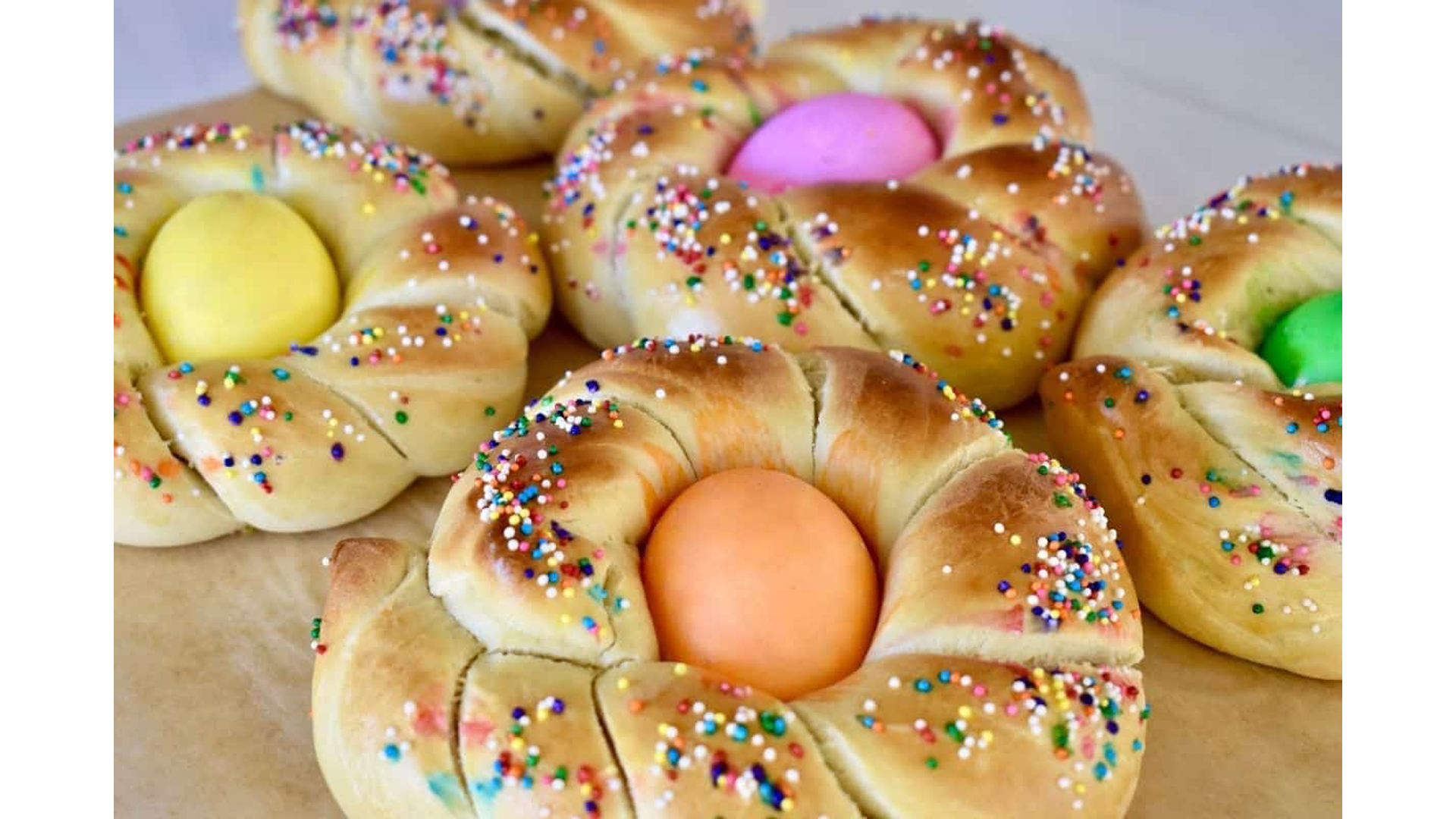
(Photo Credit: This Italian Kitchen)
This sweet Easter bread is an enriched dough baked for centuries. The bread is braided and often shaped in a wreath. Colorful, hard-boiled eggs are also wrapped into the braids. The flavors often include anise or citrus and the resulting bread is light and airy. Some variations include topping the bread with icing or decorating with sprinkles.
Colomba di Pasqua

(Photo Credit: Wanted in Rome)
This sweet bread is similar to a Christmas panettone, but it's made in the shape of a dove. Candied citrus flavor the bread and it's topped with almonds and sugar creating a crusty top. Early versions of the cake are from the medieval period, but the modern style bread has its origin in the 1930s when Angelo Motta, who created the modern panettone for Christmas, wanted to use his expensive industrial equipment for additional products. Unlike panettone, Colomba di Pasqua cakes lack raisins, only the candied citrus. Today there are a variety of flavors of the bread available.
Pastiera
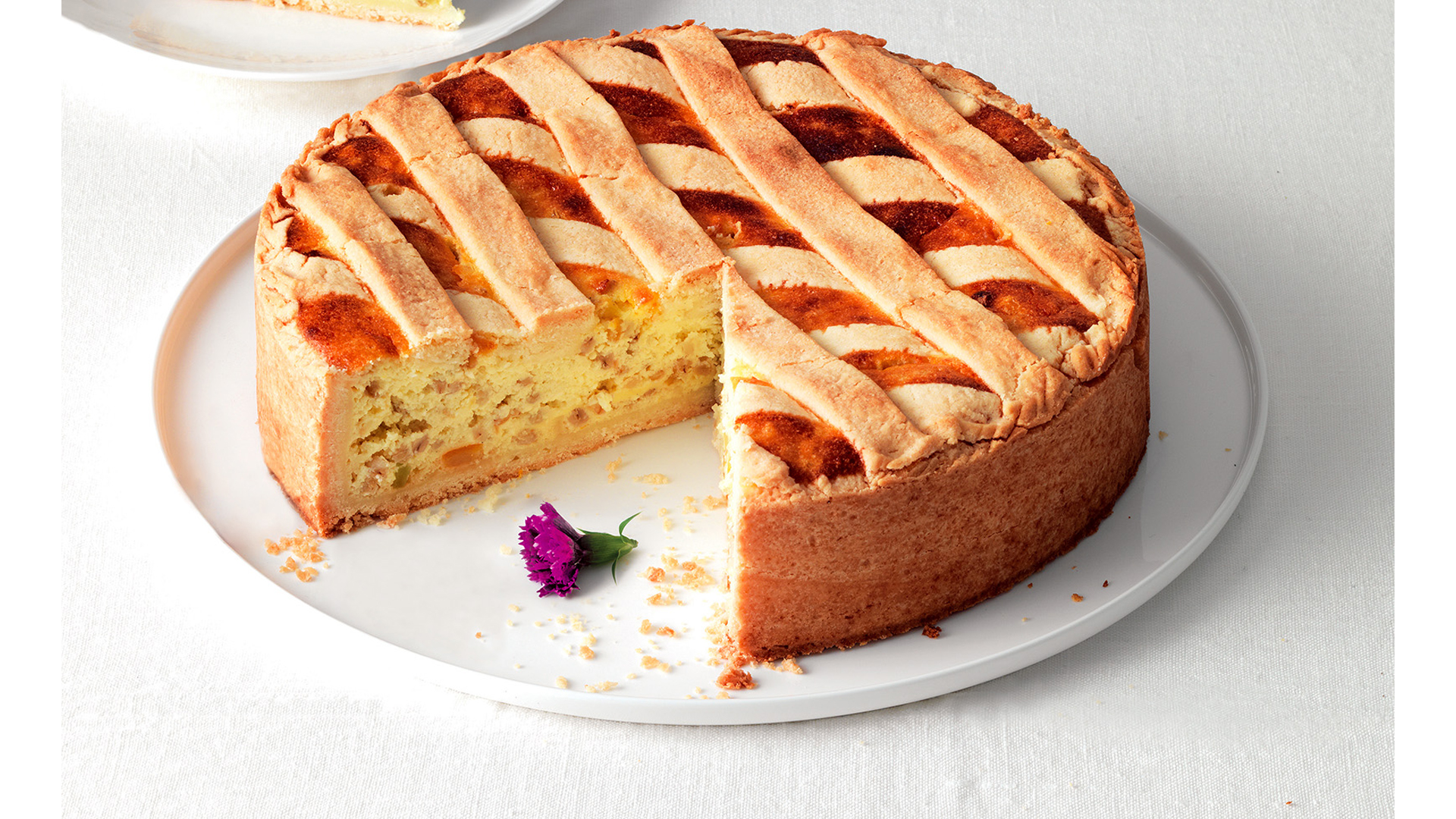
(Photo Credit: La Cucina Italiana)
This Neapolitan wheat pie is made with fresh berries, crema, and ricotta. Traditionally, it's made on Holy Thursday. The pie is sometimes compared to an American cheesecake. The berries are usually embedded into the pie, and allowing it to sit for a day or more helps concentrate those flavors in the pie.
Ciaramicola
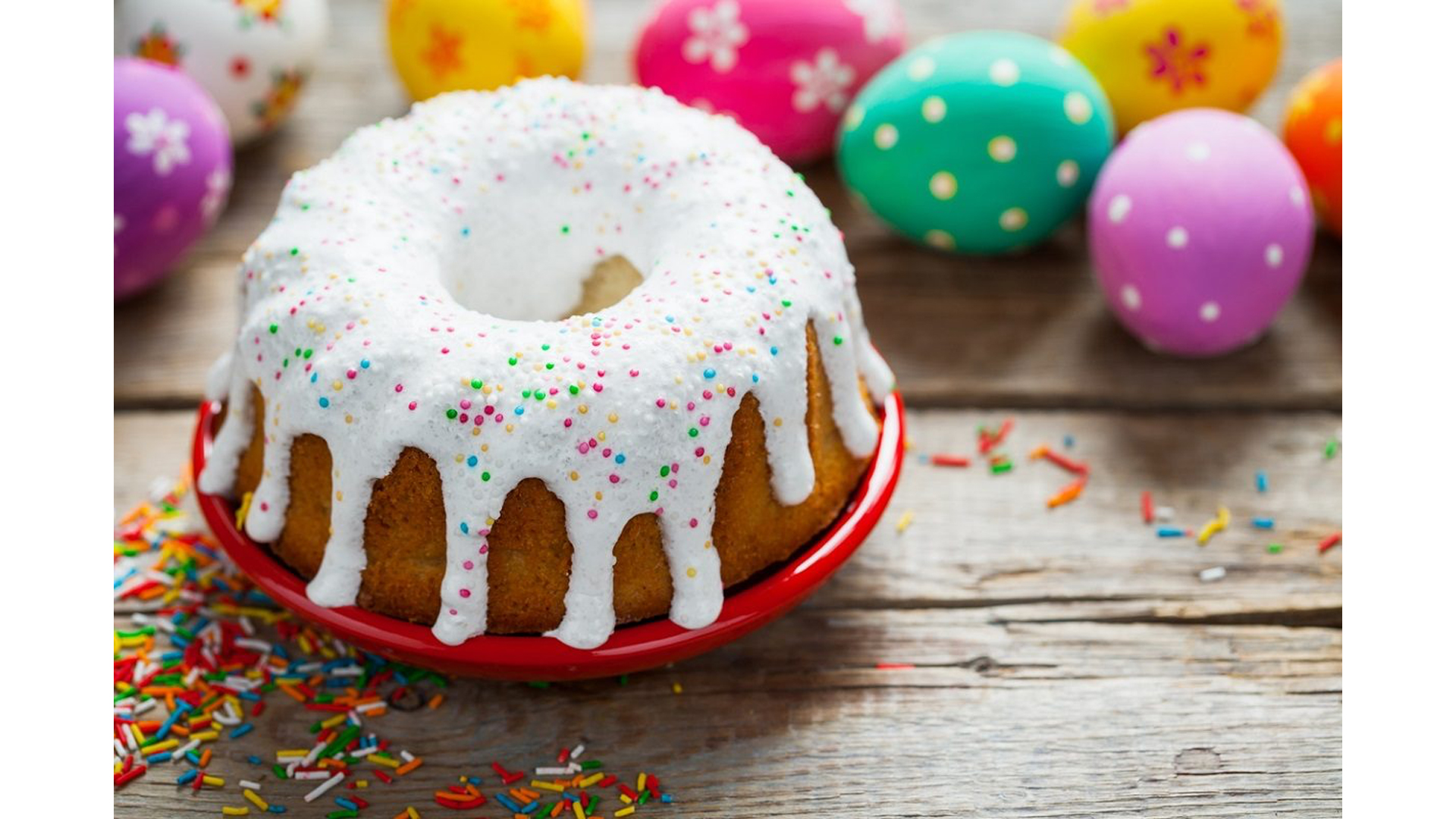
(Photo Credit: Cookist)
A lemon spice cake topped with meringue and colorful sprinkles, the cake is often served in the Umbria region at Easter. It is flavored with Alchemes, a liqueur made with cinnamon, clove, nutmeg, and vanilla flavors. The bright red alcohol was historically dyed with Kermes insects, a common coloring of Italian liqueurs. Adding the liqueur to the cake, along with citrus flavorings, gives the sponge a red color, symbolizing the city of Perugia where it was first baked.
Marzipan Lambs
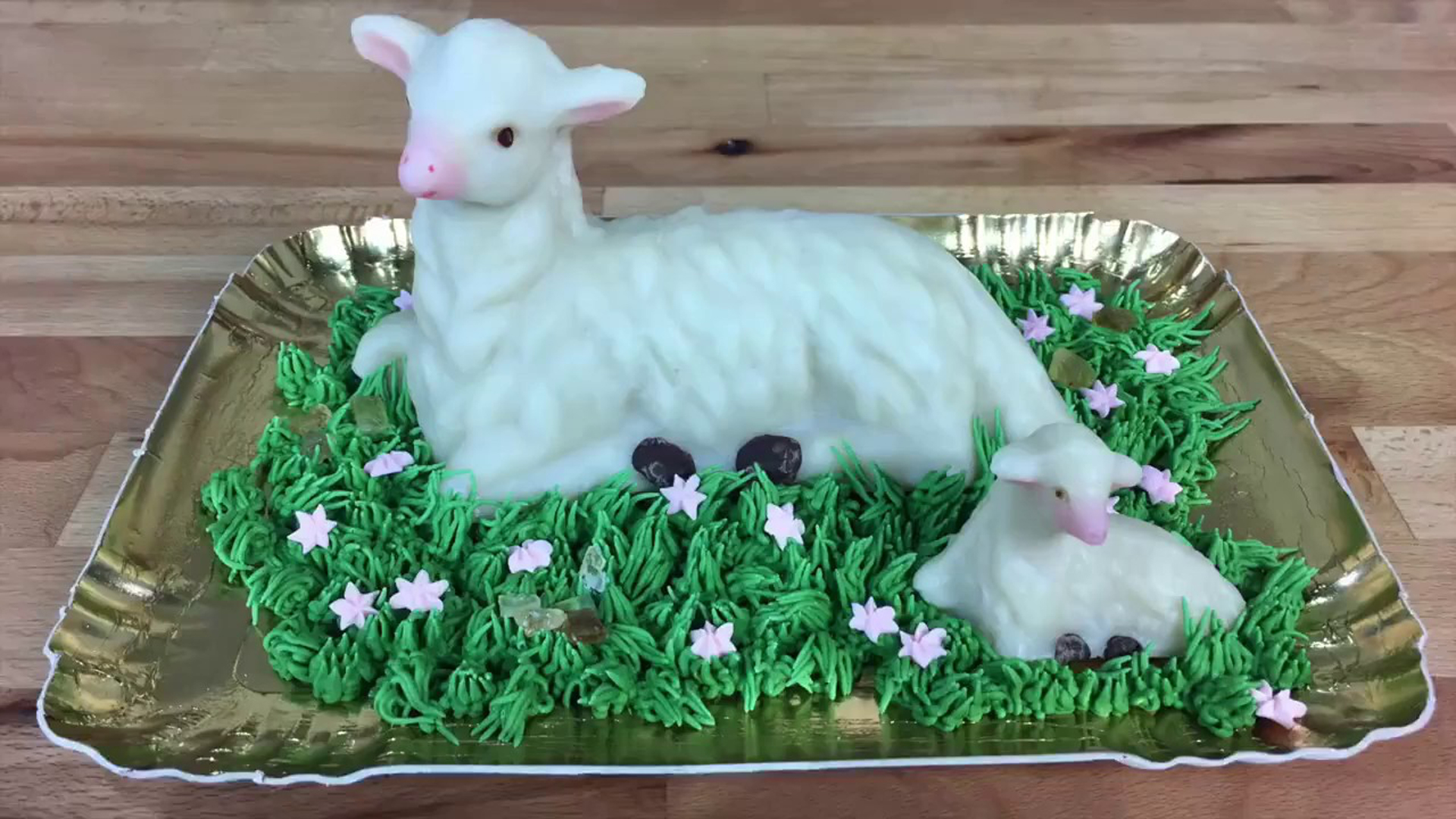
Nuns in the convent Favara made candies from pistachio and almond paste, commonly known as marzipan. In 1898, a wealthy noble family commissioned a marzipan lamb. The nuns continued making the lambs after that, and eventually Cardinal Giuseppe Roncalli brought one back to Rome in the 1920s. In the post-war years this sugary symbol grew in popularity and lambs are now widespread.
Sicilian Cuddura
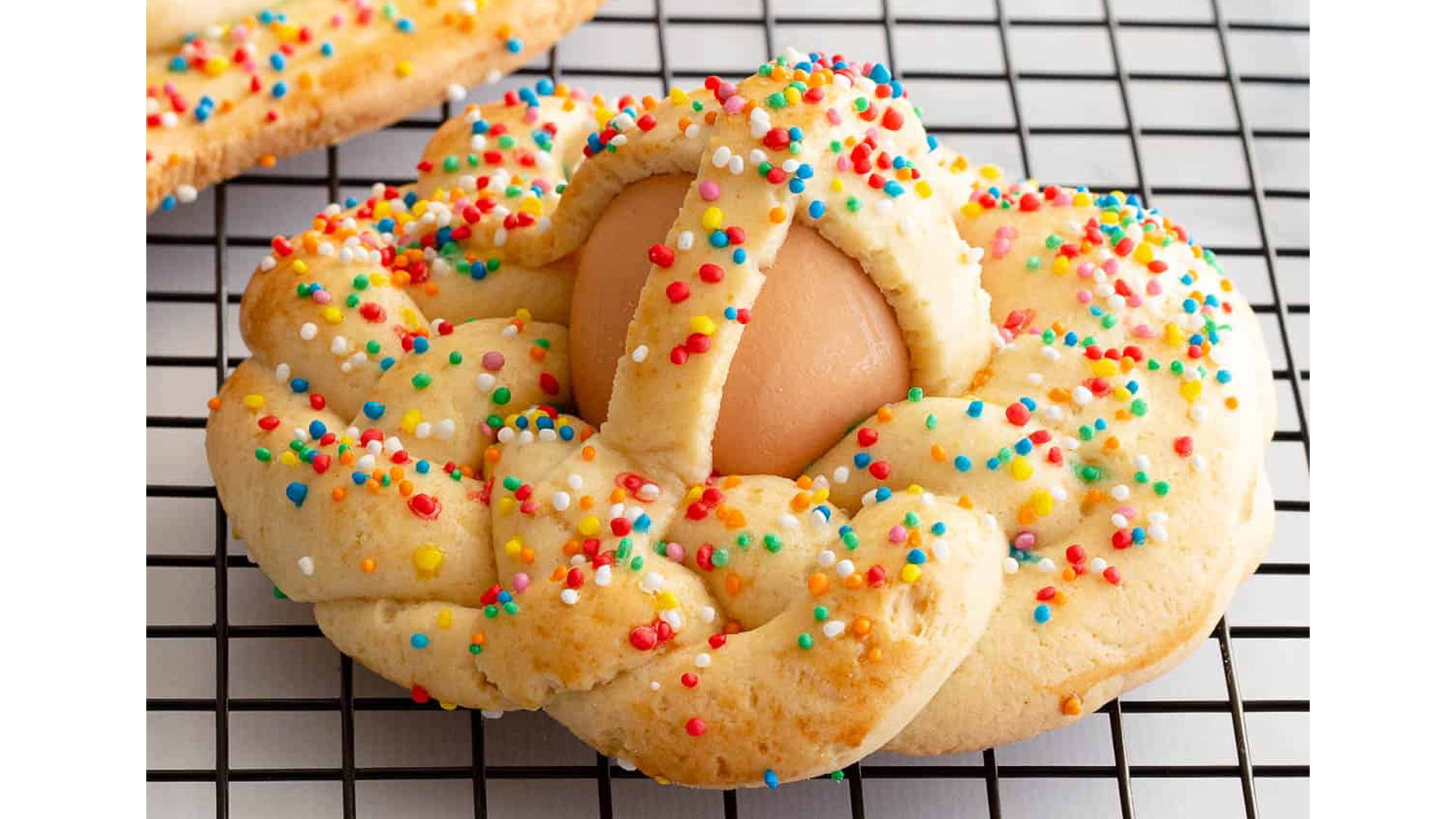
(Photo Credit: Wandercooks)
These simple cookies include an egg warped in the middle of them. They are typically round and may have braided dough, but also bakers will be more creative with the shape. They can be shaped like doves or baskets, or a variety of other creative shapes. After baking, the cookies are topped with sprinkles and sugar icing.
Pinza di Trieste

(Photo Credit: La Cucina Italiana)
A sweet brioche cake common in Trieste in the north of Italy, this bread is often served on Easter morning. The name is borrowed from Venice; Pinza Veneta is a cake made with polenta and served during the Epiphany.
Salame di Cioccolato
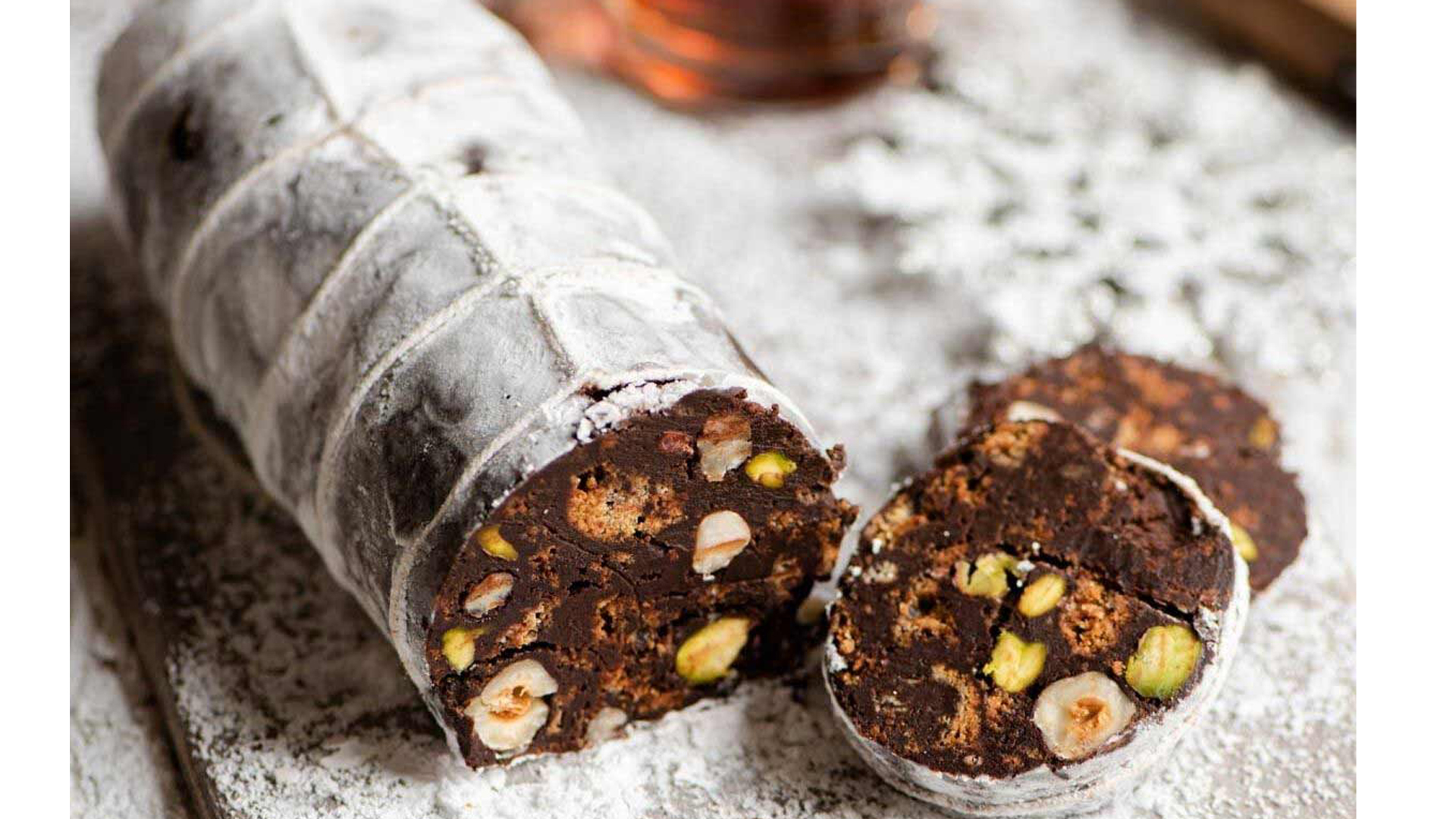
(Photo Credit: Inside the Rustic Kitchen)
Italians may not have chocolate bunnies, but they do have a chocolate salami. Originating in the Piedmont region, the treat takes its name from the fact that it looks like salami, not because it actually is a cured meat. This treat is a combination of butter, chocolate, hazelnuts or pistachios, and cookie crumbles. The ingredients are mixed together and then rolled up into the shape of a sausage. The no-bake treat then solidifies overnight and can be sliced into medallions of chocolate and cookie.
Ian MacAllen
Ian MacAllen is America Domani's Senior Correspondent and the author of Red Sauce: How Italian Food Became American. He is a writer, editor, and graphic designer living in Brooklyn. Connect with him at IanMacAllen.com or on Twitter @IanMacAllen.

